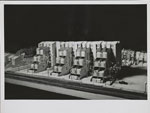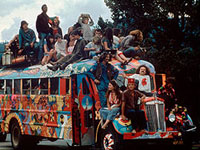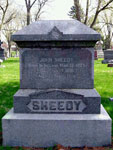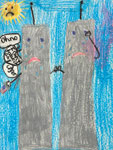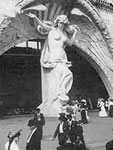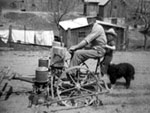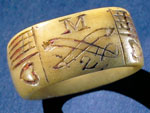Flowerdew Hundred: A Virginia Historic Landmark
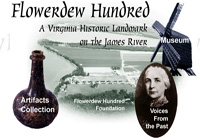
This site contains information on one of the earliest original land grants in Virginia. For the past 30 years, Flowerdew Hundred has been the site of archaeological excavations and now houses a museum located in an 1850s schoolhouse. The exhibit is divided into four categories. The Museum section describes the current exhibits, educational programs available for classes wishing to visit the site, and two interactive exhibits about the plantation site. One of these exhibits covers "Grant's Crossing," the site of a Civil War event; the other allows the visitor to view and compare images of selected artifacts. The section on the Artifacts Collection is a searchable and browsable database of images of 300 selected artifacts from the museum's collection. Voices of the Past provides brief (100-word) descriptions of the people who lived on the plantation and events that took place in five chronological periods: prehistoric, 17th, 18th, 19th, and 20th centuries. The fourth category provides information on the Flowerdew Hundred Foundation and the Foundation and museum staff. This is an excellent site for studying archaeological data and material culture from all periods of Virginia's history.


